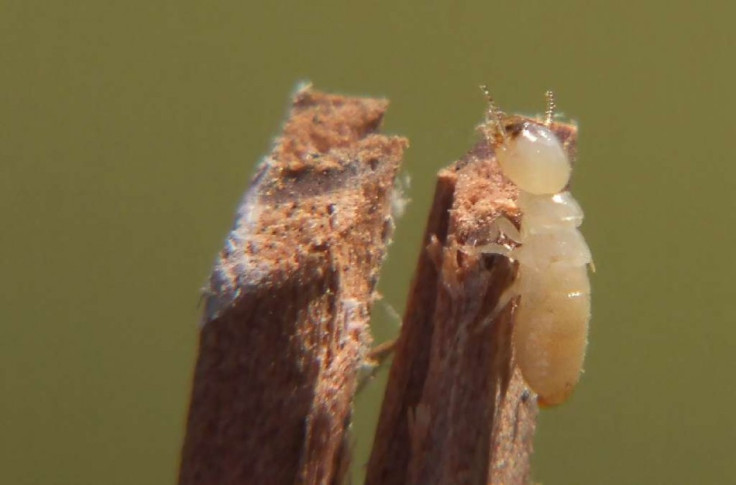Termites use same mounds for millennia, researchers discover

Scientists have unearthed a 2,200-year-old termite hill, suggesting that the insects have the ability to maintain the same structure for millennia. The team of researchers from Ghent University in Belgium and the University of Lubumbashi in DR Congo located the massive mound – which is more than six metres in height – in a woodland area in the Lubumbashi region of Upper Katanga in DR Congo. The research paper, which was published in Palaeogeography, Palaeoclimatology, Palaeoecology, says that the structure was built by the Macrotermes falciger species of termite.
"The sheer size of the mounds suggests that their age surpasses the lifespan of a single termite queen, which rarely exceeds 20 years," the researchers, led by Hans Erens of Ghent University, write in the paper.
It is the oldest discovered mound to still be standing. However, this isn't a one off, as the researchers also found a 750-year-old mound nearby. The scientists were able to date the mounds using a technique called Carbon 14 dating, which samples the ratios of the radioactive type of isotope in the soil that was used to build the structure.
They tested four mounds, two of which were active, one larger than six metres tall and another smaller than 3.5 metres. They found that the larger nest was built upon an ancient mound that was up to 766 years old. It proves that termites can build upon old structures for centuries.
The oldest of the two mounds discovered was abandoned for some time, but the researchers found that termites have been using it intermittently since it was built. They say it was used when first built, and then again from the 12th to 15th century. The researchers wrote: "These ages should be interpreted as minimum estimates. Nonetheless, some of the mounds are much older than previously estimated."
© Copyright IBTimes 2024. All rights reserved.







